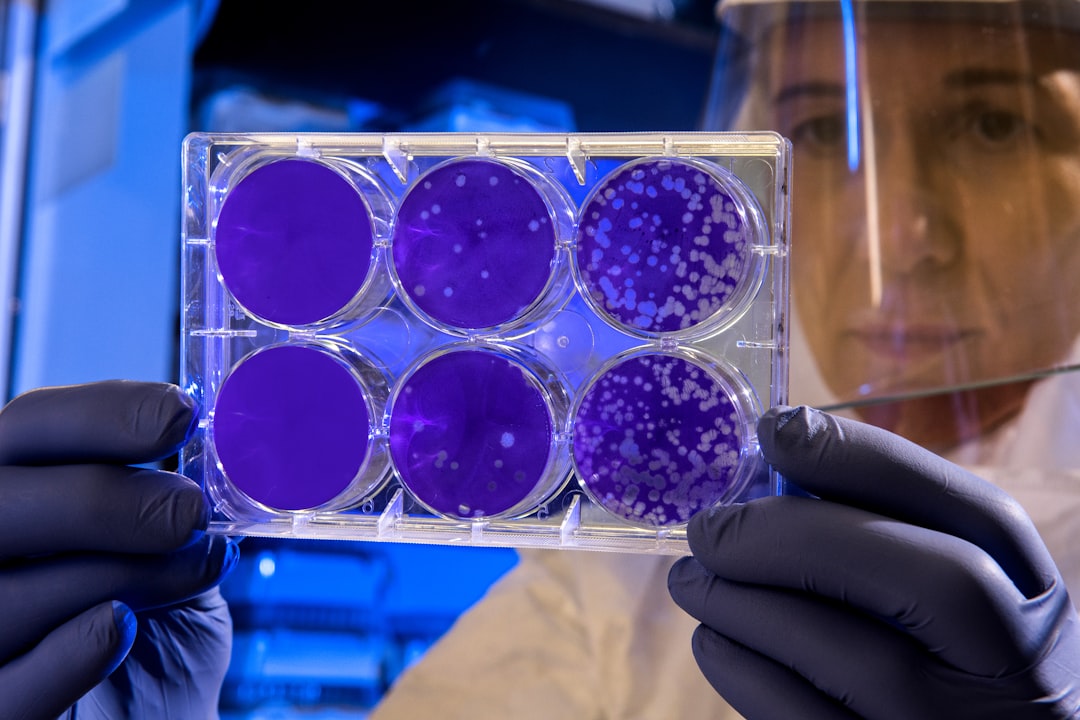Environmental science is not just about exploring the natural world—it's about understanding it through careful observation, structured investigation, and evidence-based reasoning. At the heart of this process lies the scientific method, a systematic approach that helps scientists ask meaningful questions, test hypotheses, and interpret complex environmental data.
In this blog post, we’ll break down how the scientific method is applied in environmental science, highlighting each stage—from data collection to analysis and interpretation. Whether you're a student, a researcher, or simply curious about how environmental discoveries are made, this overview will give you a clearer understanding of the process.
What is the Scientific Method?
The scientific method is a logical sequence of steps used to investigate phenomena, acquire new knowledge, and correct or integrate previous understandings. It’s not a rigid formula, but a flexible framework that guides scientific inquiry.
The Basic Steps:
-
Observation
-
Question
-
Hypothesis
-
Experimentation / Data Collection
-
Data Analysis
-
Conclusion
-
Communication and Peer Review
Let’s explore how each of these steps plays out in the context of environmental science.
1. Observation: The Spark of Inquiry
Environmental scientists begin by observing patterns or problems in nature. This could be rising global temperatures, the decline of a species, or an increase in water pollution. Careful observation leads to questions like:
-
Why is the coral bleaching occurring more frequently?
-
What’s causing this river to have high nitrate levels?
Observation often includes both qualitative descriptions and early quantitative measurements.
2. Question: Defining the Problem
A good scientific question is specific, testable, and based on real-world observations. For example:
-
How does agricultural runoff affect freshwater biodiversity?
This question sets the direction for forming a hypothesis and designing an experiment.
3. Hypothesis: A Testable Prediction
The hypothesis is an educated guess about the relationship between variables. It should be stated clearly and be testable through data. Example:
-
If nitrate levels increase due to agricultural runoff, then aquatic biodiversity in the river will decrease.
Hypotheses are the backbone of experimental design.
4. Data Collection: Gathering Evidence
In environmental science, data collection can be incredibly diverse. It might include:
-
Fieldwork: Collecting water, soil, or air samples from different locations.
-
Remote sensing: Using satellite data to monitor deforestation or sea surface temperatures.
-
Experiments: Conducting lab or field experiments to test specific variables.
-
Modeling: Simulating environmental systems with computer models.
Key to success: consistency, accuracy, and minimizing bias during data collection.
5. Data Analysis: Finding Meaning in Numbers
Once data is collected, scientists analyze it to determine if it supports the hypothesis. Tools and methods used include:
-
Statistical analysis: Correlation, regression, and significance testing.
-
Graphing and visualization: Line graphs, scatter plots, GIS maps.
-
Software tools: R, Python, Excel, ArcGIS, and other data analysis platforms.
Analysis helps reveal trends, relationships, and anomalies that might not be obvious at first glance.
6. Conclusion: Interpreting Results
After analyzing the data, scientists draw conclusions:
-
Did the data support or refute the hypothesis?
-
What are the possible explanations?
-
What are the implications for ecosystems, policy, or future research?
Importantly, conclusions are always framed in the context of uncertainty. Environmental systems are complex, and multiple factors often influence outcomes.
7. Communication and Peer Review
Science is a collaborative process. Researchers publish their findings in journals, present them at conferences, and engage with stakeholders. Peer review ensures that the methods and interpretations are sound.
In environmental science, communication often extends beyond academia to include:
-
Policymakers
-
Environmental organizations
-
Local communities
Clear, transparent communication helps turn scientific knowledge into meaningful action.
Real-World Example: Studying Air Pollution
Let’s walk through a quick example:
-
Observation: Urban areas have hazier skies and higher asthma rates.
-
Question: Is air pollution contributing to respiratory issues in urban populations?
-
Hypothesis: Increased levels of PM2.5 (fine particulate matter) lead to higher asthma incidents.
-
Data Collection: Install air quality sensors, collect hospital records on asthma cases.
-
Analysis: Use statistical methods to compare PM2.5 levels and asthma rates over time.
-
Conclusion: If a significant correlation is found, the hypothesis is supported.
-
Communication: Share findings with city officials and public health organizations to develop pollution control policies.
Conclusion
The scientific method is the foundation of environmental science. It transforms curiosity into knowledge and turns observation into action. By collecting and analyzing data carefully and objectively, environmental scientists help us understand how our planet works—and how we can protect it.
Whether we’re studying climate change, biodiversity loss, or water pollution, the scientific method ensures that our conclusions are not based on guesswork, but on evidence. In a world facing urgent environmental challenges, this methodical approach is more vital than ever.

Comments
No comments yet. Be the first to comment!
You must be logged in to comment. Login